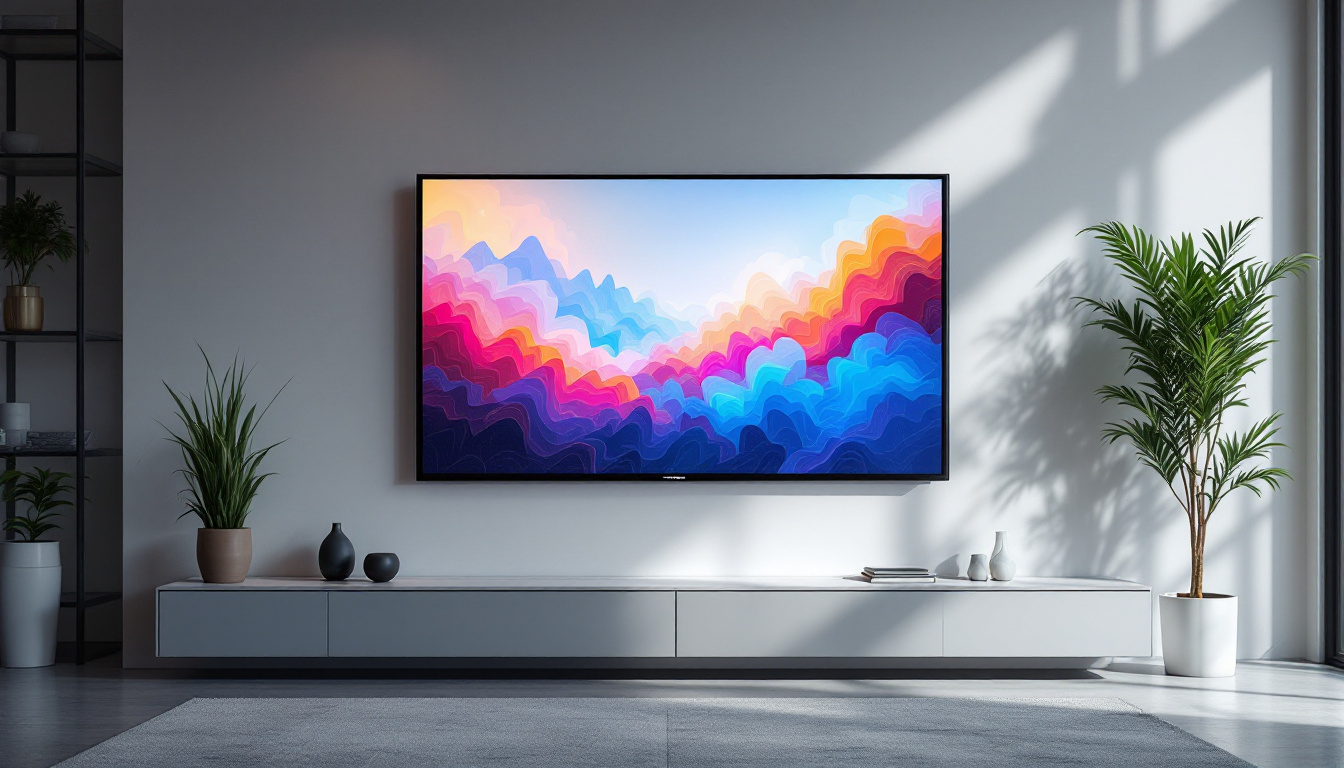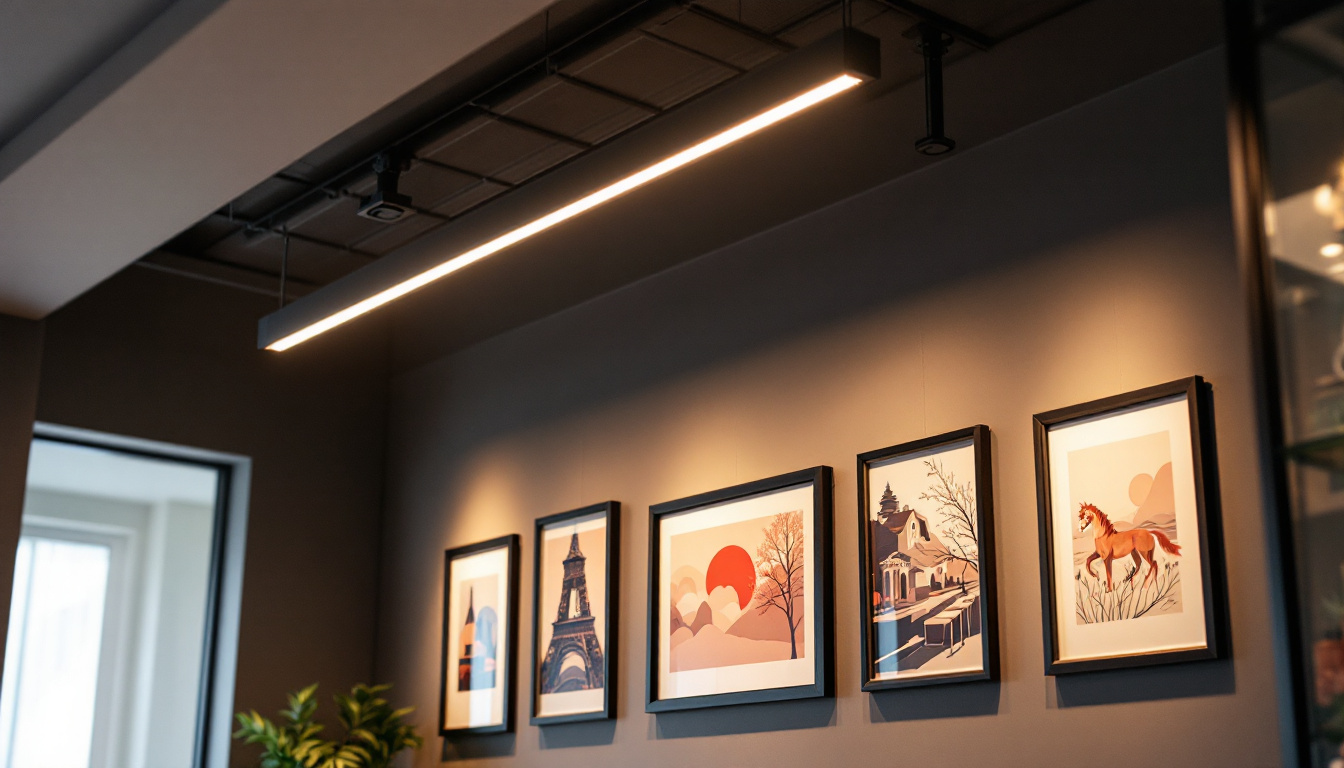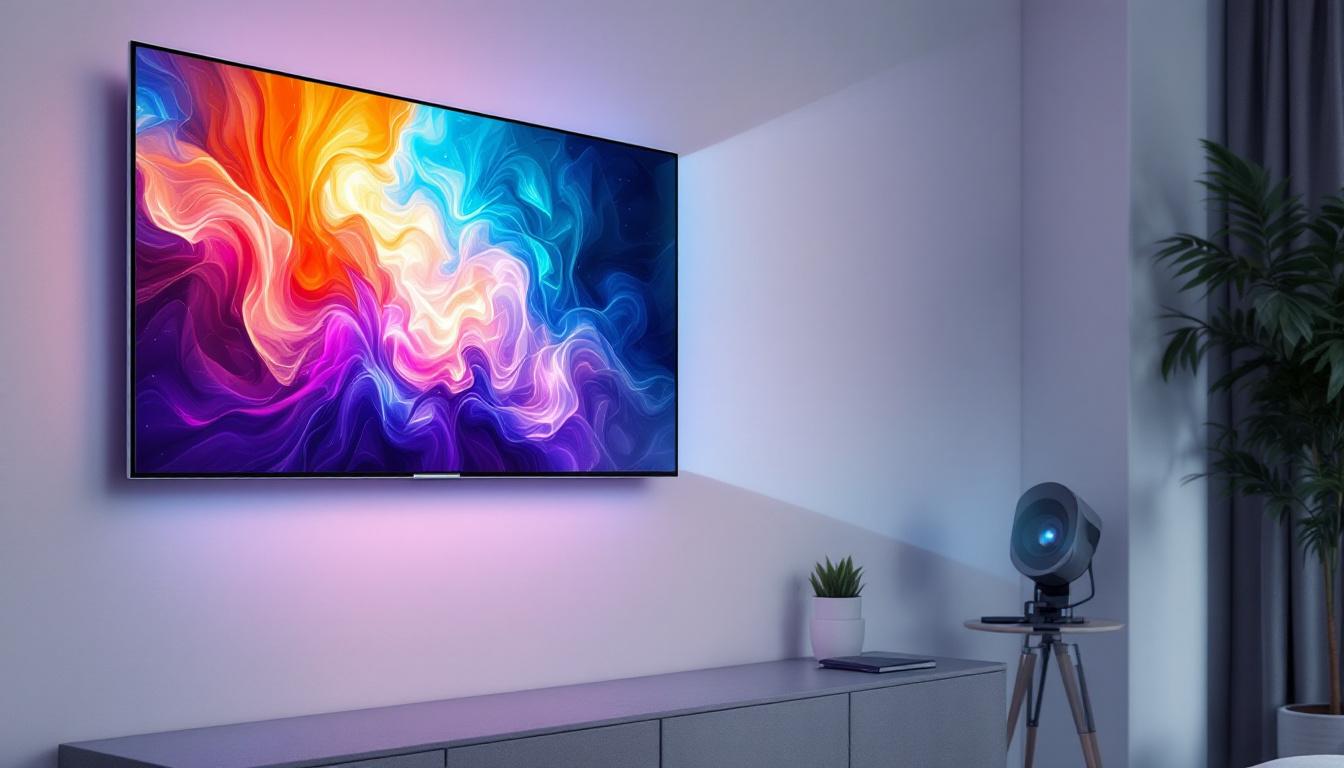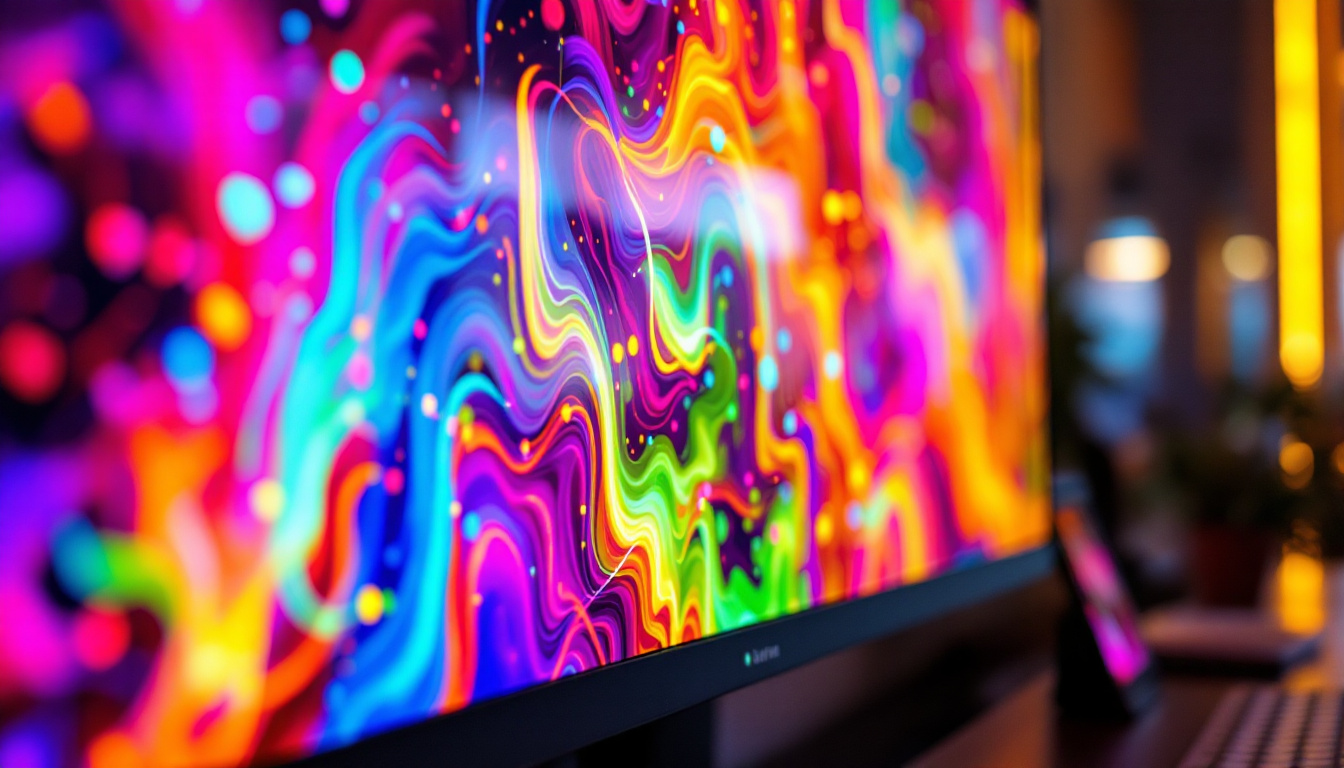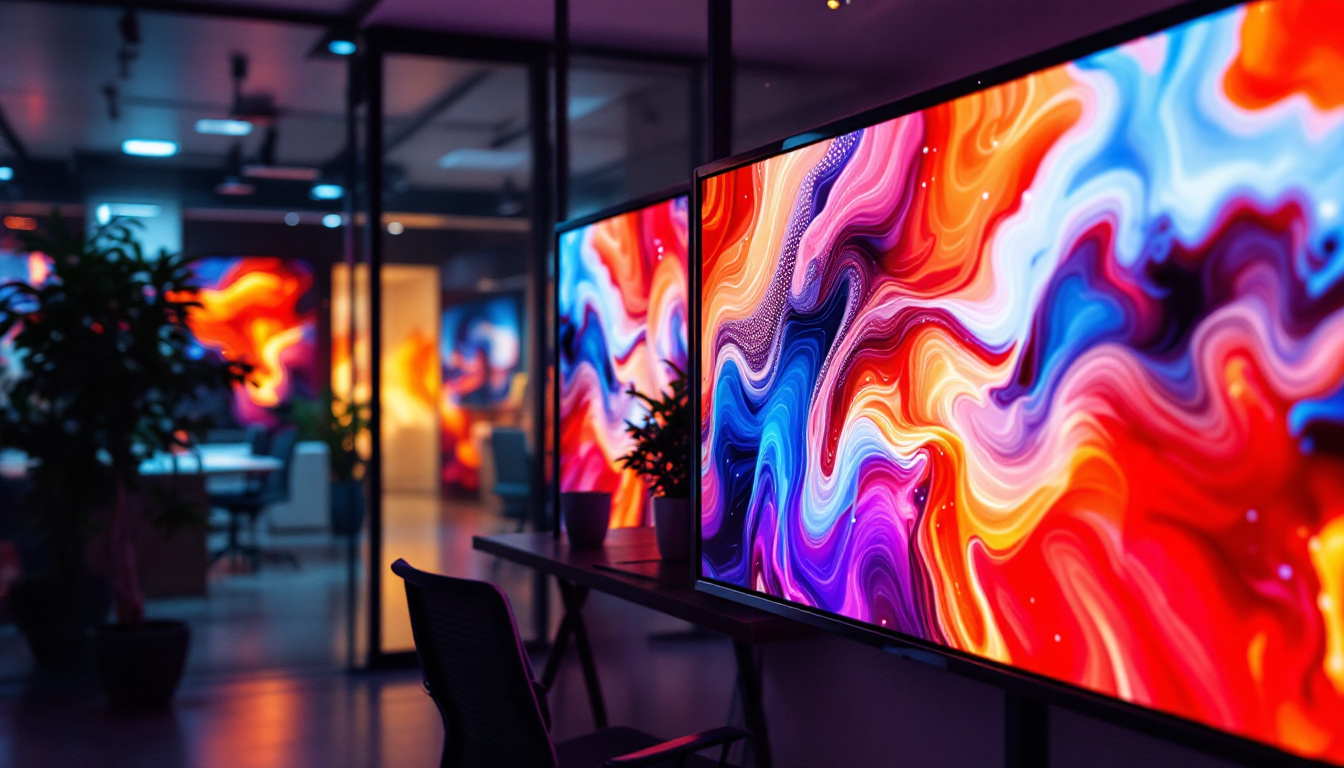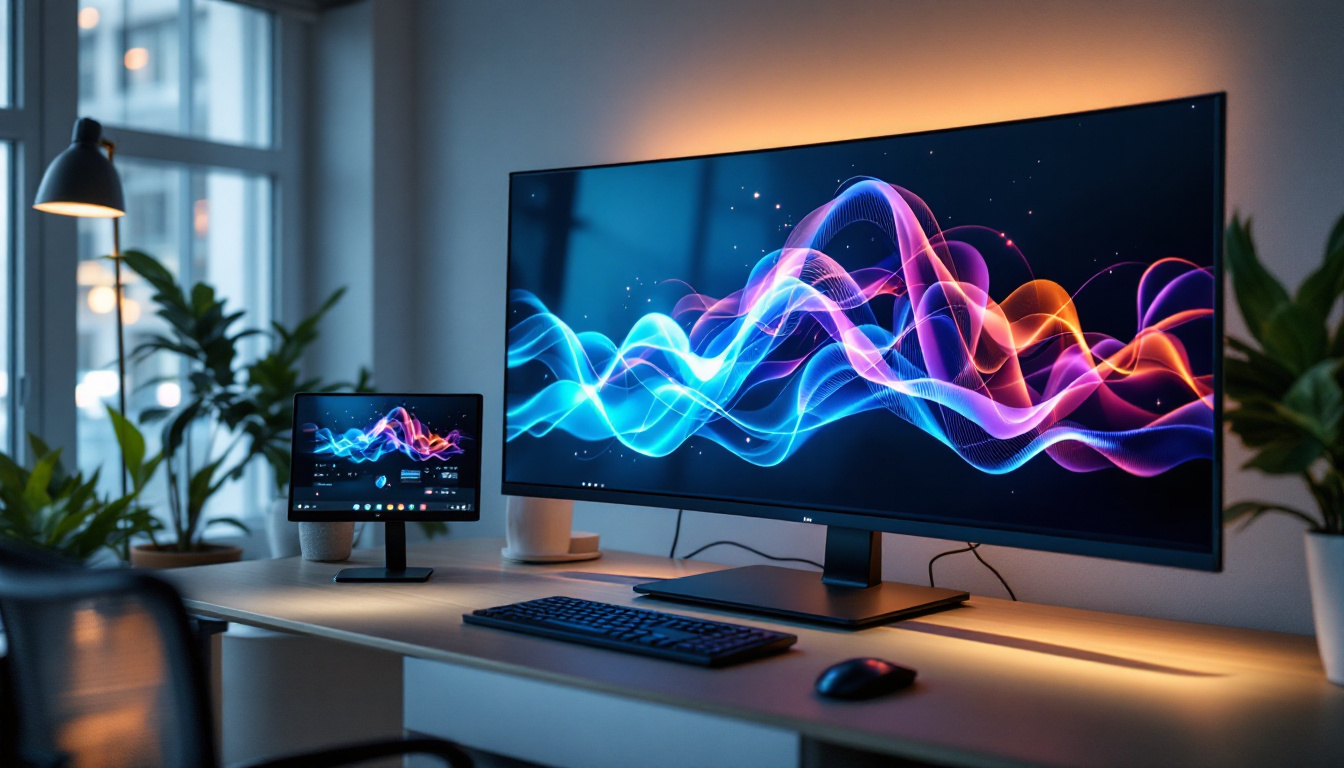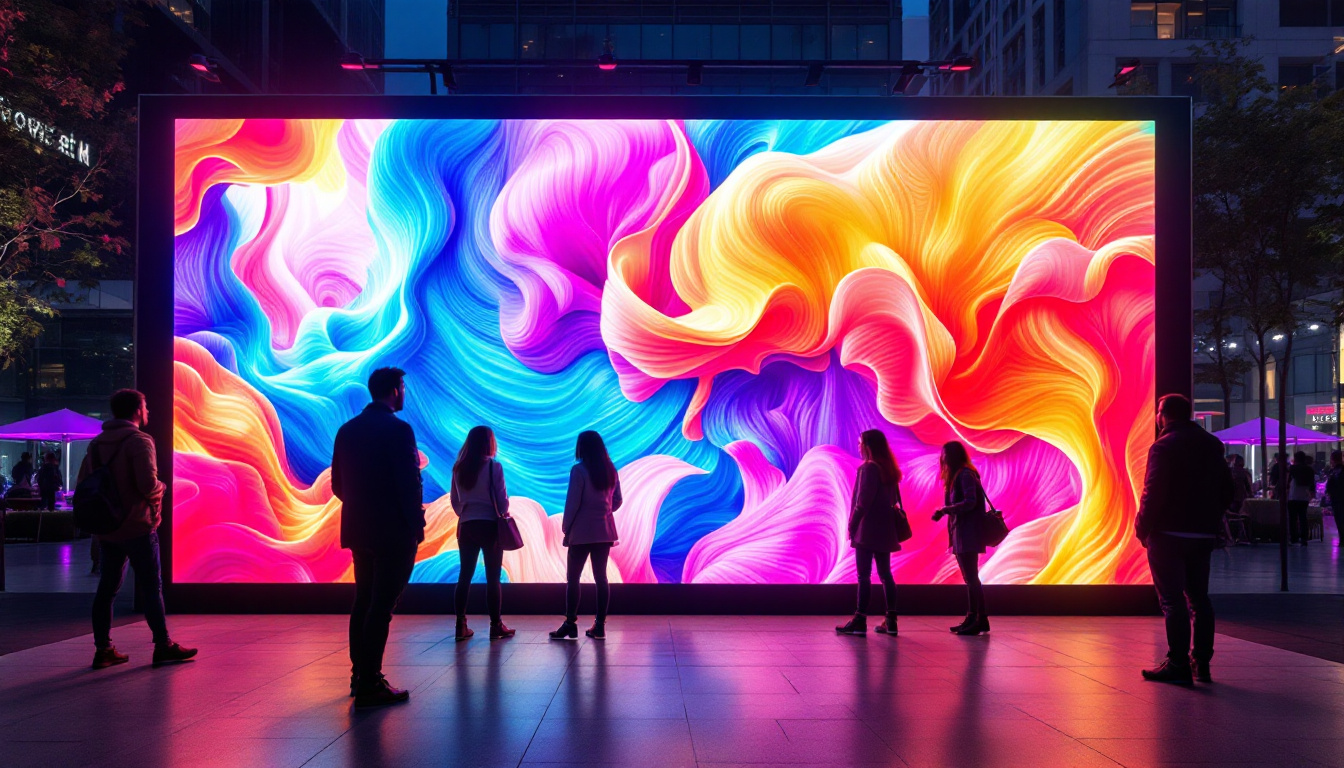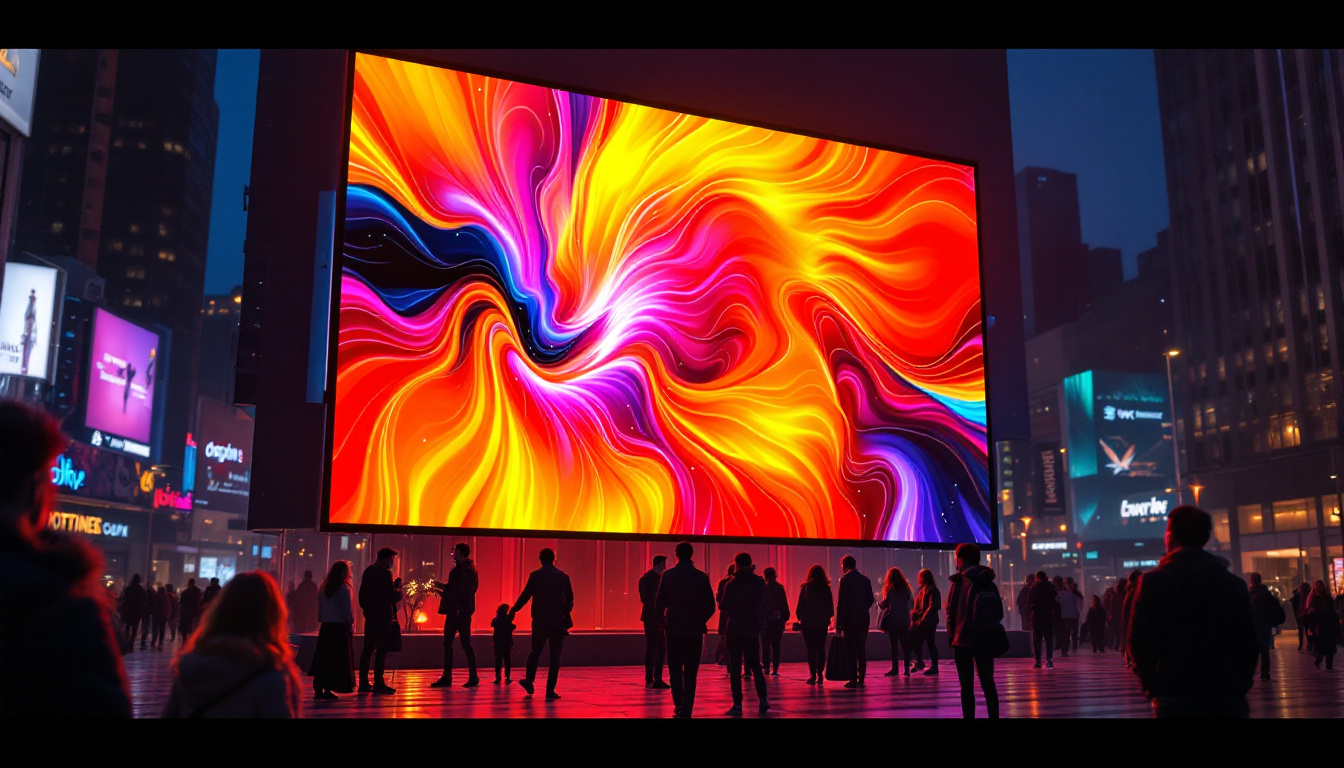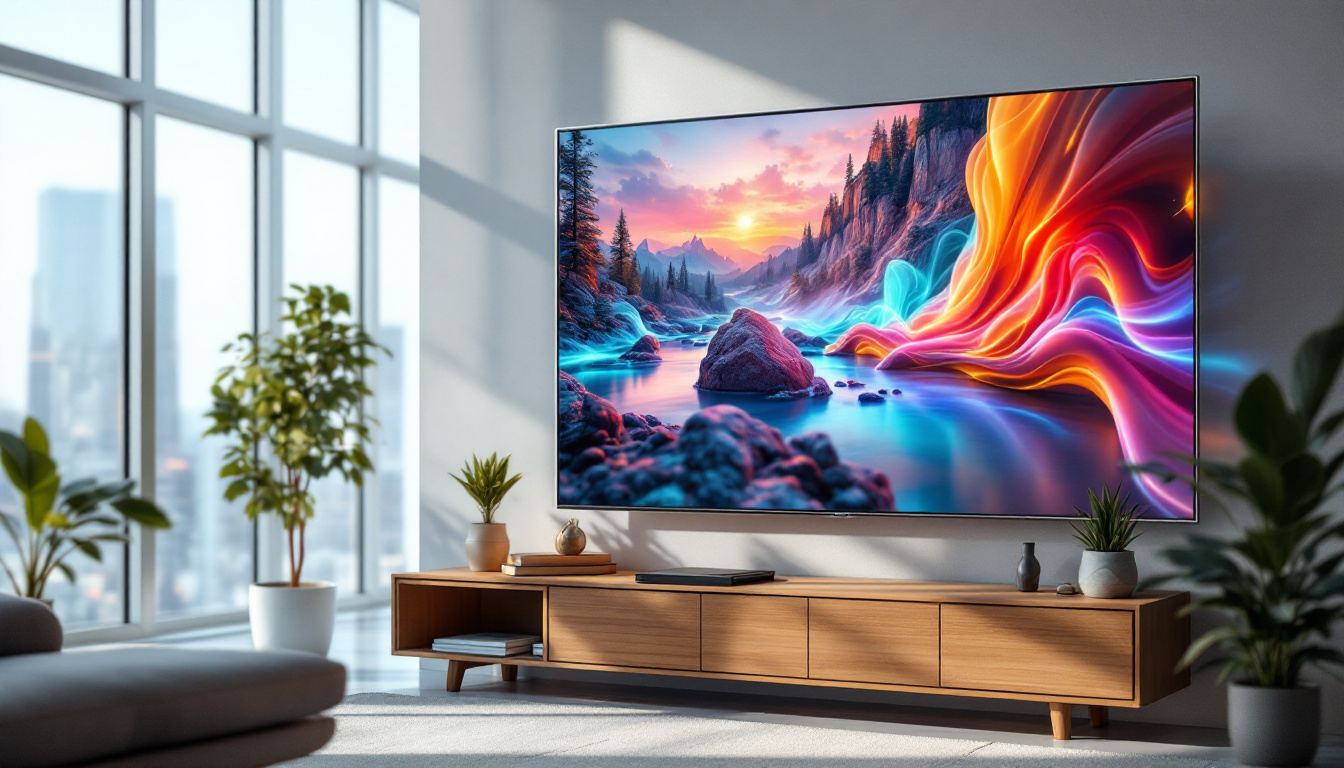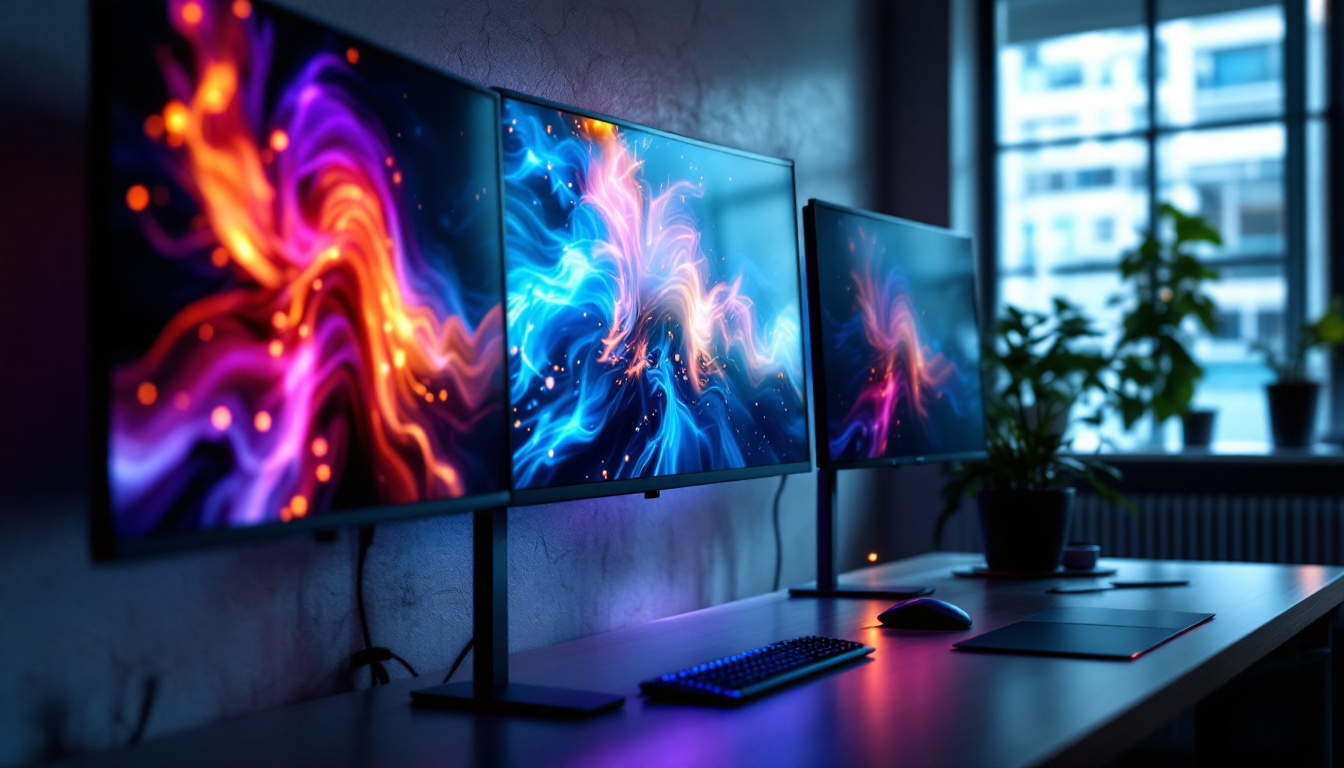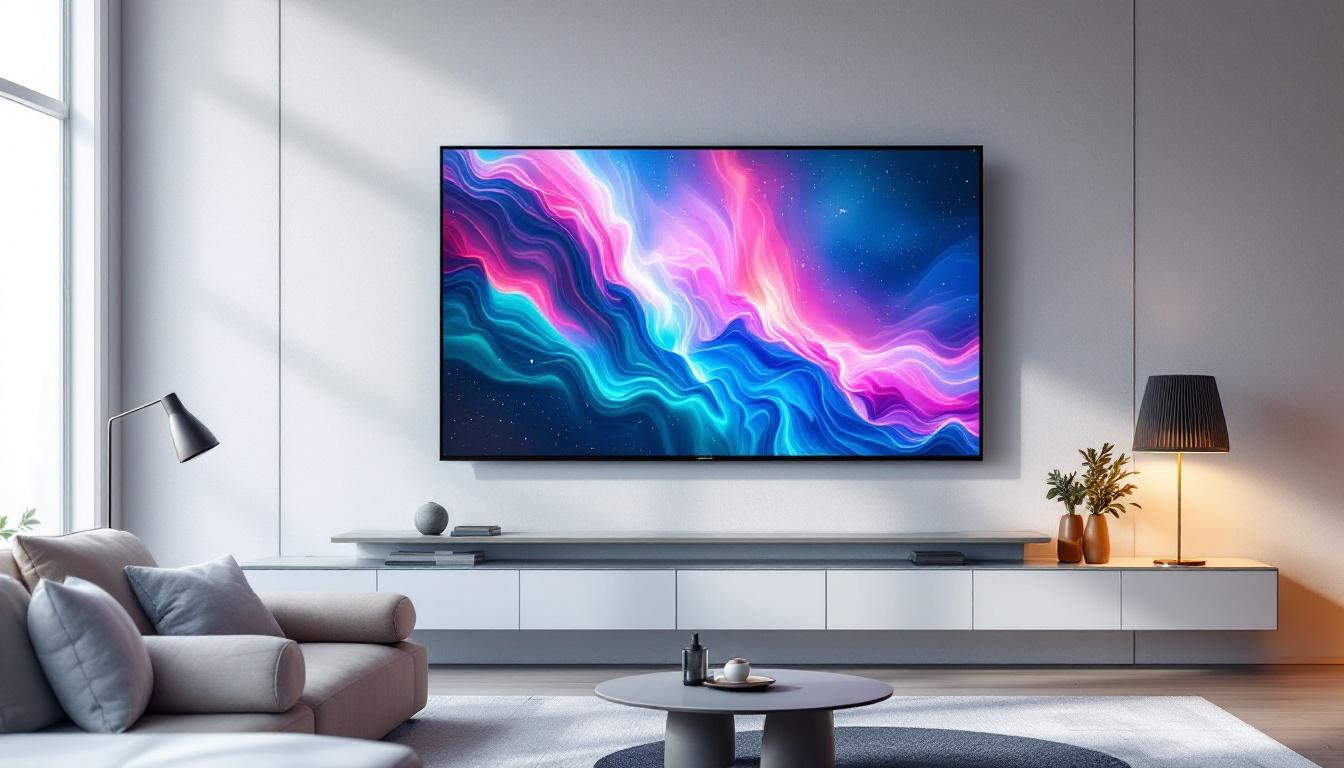In today’s fast-paced business environment, technology plays a crucial role in enhancing productivity and improving communication. Among the various tools available, touch screen monitors have emerged as a powerful solution for businesses seeking to streamline operations and engage customers effectively. This article delves into the intricacies of business touch screen monitors, focusing on LED display technology and its applications in various business settings.
Understanding Touch Screen Technology
Touch screen technology has evolved significantly over the years, becoming an integral part of modern business operations. The primary function of a touch screen monitor is to allow users to interact directly with what is displayed on the screen, eliminating the need for traditional input devices like a mouse or keyboard. This direct interaction not only enhances user experience but also increases efficiency, as users can navigate through applications and data with simple gestures.
Types of Touch Screen Technology
There are several types of touch screen technologies available, each with its unique advantages and disadvantages. The most common types include resistive, capacitive, and infrared touch screens.
Resistive touch screens consist of multiple layers that detect pressure applied to the screen. They are often more affordable and can be used with any pointing device, including fingers, styluses, or gloves. However, they may not offer the same level of clarity and responsiveness as other types. Additionally, resistive screens tend to be more susceptible to scratches and wear over time, which can affect their longevity in high-usage environments.
Capacitive touch screens, on the other hand, utilize the electrical properties of the human body to detect touch. This technology provides a more responsive and accurate touch experience, making it ideal for applications that require high precision. However, capacitive screens typically require direct skin contact, which may limit their usability in certain environments. Moreover, they often come with higher costs and may not function well in extreme weather conditions, making them less suitable for outdoor applications.
Applications in Business
Touch screen monitors are versatile tools that can be employed across various sectors. In retail, they enable interactive kiosks that enhance customer engagement by allowing shoppers to browse products, check prices, and even make purchases directly from the screen. This not only improves the shopping experience but also reduces the need for staff intervention, allowing employees to focus on more complex customer service tasks.
In corporate settings, touch screens can streamline presentations and meetings. By allowing participants to interact with the content directly, they foster collaboration and make information sharing more dynamic and engaging. Furthermore, the integration of touch screens with software solutions can facilitate real-time data analysis and brainstorming sessions, enabling teams to visualize ideas and strategies more effectively. As businesses continue to embrace digital transformation, the role of touch screen technology is likely to expand, paving the way for innovative applications in areas such as training, customer service, and data visualization.
The Role of LED Displays in Touch Screen Monitors
LED (Light Emitting Diode) displays have become the standard for touch screen monitors due to their numerous advantages over traditional display technologies. Understanding the benefits of LED displays is essential for businesses looking to invest in touch screen technology.
Benefits of LED Displays
One of the primary benefits of LED displays is their energy efficiency. Compared to older technologies like LCDs, LED displays consume significantly less power, which can lead to lower operational costs for businesses over time.
Moreover, LED displays offer superior brightness and color accuracy. This enhanced visual quality is particularly important in environments where clear visibility is crucial, such as in retail settings or during presentations. The vibrant colors and sharp images produced by LED displays can captivate audiences and enhance the overall user experience. Additionally, the ability of LED displays to maintain consistent brightness levels over time ensures that the visual content remains engaging, reducing the likelihood of viewer fatigue during extended use.
Durability and Longevity
Durability is another significant advantage of LED displays. These screens are designed to withstand frequent use, making them ideal for high-traffic areas such as airports, shopping malls, and corporate offices. Additionally, LED technology typically has a longer lifespan compared to traditional displays, reducing the need for frequent replacements and maintenance.
This longevity not only saves costs but also minimizes the environmental impact associated with disposing of outdated technology. Businesses can feel confident that they are making a sustainable choice by opting for LED displays. Furthermore, many LED displays are built with robust materials that can resist scratches and impacts, ensuring that they maintain their aesthetic appeal and functionality even in challenging environments. This resilience is particularly beneficial for interactive kiosks and information booths, where user interaction is frequent and can lead to wear and tear on less durable screens.
In addition to their physical durability, LED displays are often equipped with advanced technologies that enhance their usability. Features such as anti-glare coatings and wide viewing angles contribute to a more flexible and user-friendly experience. This is especially advantageous in collaborative settings, where multiple users may need to view the screen from different positions. The integration of touch technology with LED displays further elevates their functionality, allowing for intuitive interactions that can streamline processes and improve customer engagement.
Choosing the Right Touch Screen Monitor for Your Business
Selecting the appropriate touch screen monitor for a business requires careful consideration of various factors. Understanding the specific needs of the business can guide decision-making and ensure that the chosen technology aligns with operational goals.
Screen Size and Resolution
The size and resolution of a touch screen monitor are critical aspects to consider. A larger screen can enhance visibility and make it easier for multiple users to interact with the display simultaneously. However, larger screens may also come with higher costs and require more space.
Resolution is equally important, as it affects the clarity of the images and text displayed. Higher resolution screens provide sharper visuals, which can be particularly beneficial for businesses that rely on detailed graphics or presentations. For example, in a design studio, a high-resolution touch screen can allow designers to showcase their work with precision, ensuring that colors and details are accurately represented. Additionally, businesses in the education sector can leverage high-resolution screens to create engaging and interactive learning environments, where students can easily read and interact with educational content.
Touch Technology and Responsiveness
As previously mentioned, different touch technologies offer varying levels of responsiveness and accuracy. Businesses should assess their specific use cases to determine which touch technology will best meet their needs. For instance, a retail environment may benefit from a capacitive touch screen that allows for quick and intuitive interactions, while a manufacturing setting may require a resistive screen that can be used with gloves.
Moreover, the responsiveness of the touch technology can significantly impact user experience. A monitor that registers touch inputs with minimal delay can enhance workflow efficiency, especially in fast-paced environments like restaurants or customer service centers. Furthermore, businesses should consider the durability of the touch screen; some models come with reinforced glass or anti-glare coatings, making them suitable for high-traffic areas where wear and tear are more likely. This durability not only protects the investment but also ensures that the technology remains functional and visually appealing over time, which is essential for maintaining a professional image in front of clients and customers.
Integrating Touch Screen Monitors into Business Operations
Once a business has selected the appropriate touch screen monitor, the next step is to integrate it into daily operations effectively. This process may involve training staff, developing software applications, and ensuring that the technology aligns with existing systems.
Staff Training and Support
Training employees on how to use touch screen monitors is essential for maximizing their potential. Providing comprehensive training sessions can help staff become familiar with the technology, enabling them to utilize it effectively in their roles.
Additionally, ongoing support is crucial. Businesses should establish a support system to address any technical issues that may arise, ensuring that employees can continue to work efficiently without disruptions.
Software Development and Customization
In many cases, businesses may need to develop or customize software applications to take full advantage of touch screen technology. This could involve creating interactive interfaces for customer engagement or developing specialized applications for internal use.
Collaboration with software developers can help ensure that the applications are user-friendly and tailored to the specific needs of the business. Customization can significantly enhance the overall effectiveness of touch screen monitors in achieving business objectives.
Future Trends in Touch Screen Technology
The landscape of touch screen technology is continually evolving, with new advancements on the horizon. Staying informed about these trends can help businesses remain competitive and leverage the latest innovations.
Advancements in Display Technology
Future advancements in display technology are likely to focus on improving resolution, color accuracy, and energy efficiency. Emerging technologies such as OLED (Organic Light Emitting Diode) displays may offer even greater visual quality, providing businesses with an opportunity to enhance their customer engagement strategies.
Moreover, developments in flexible and transparent displays could open new avenues for interactive applications, allowing businesses to create unique and immersive experiences for their customers.
Integration with Artificial Intelligence
Another exciting trend is the integration of artificial intelligence (AI) with touch screen technology. AI-powered touch screens can analyze user interactions and provide personalized experiences, making them even more effective in engaging customers and streamlining business operations.
For instance, AI can help tailor content displayed on touch screens based on user preferences or behavior, enhancing the overall user experience and driving sales in retail environments.
Conclusion
Business touch screen monitors equipped with LED displays are transforming the way organizations operate and interact with customers. By understanding the technology, its benefits, and how to integrate it effectively, businesses can harness the power of touch screen monitors to enhance productivity, improve customer engagement, and stay ahead in a competitive landscape.
As technology continues to evolve, staying informed about the latest trends and advancements will be crucial for businesses looking to leverage touch screen technology to its fullest potential. Investing in the right touch screen monitors today can pave the way for a more efficient and engaging business environment in the future.
Discover LumenMatrix’s Innovative LED Display Solutions
Ready to elevate your business with the latest in touch screen technology? Look no further than LumenMatrix, a pioneer in LED display innovation. Our comprehensive range of solutions, from Indoor and Outdoor LED Wall Displays to specialized options like Vehicle, Sports, and Floor LED Displays, is designed to captivate your audience and amplify your message. With LumenMatrix, you can create immersive visual experiences that are not just seen, but remembered. Check out LumenMatrix LED Display Solutions today and transform your business communications with unparalleled clarity and impact.


